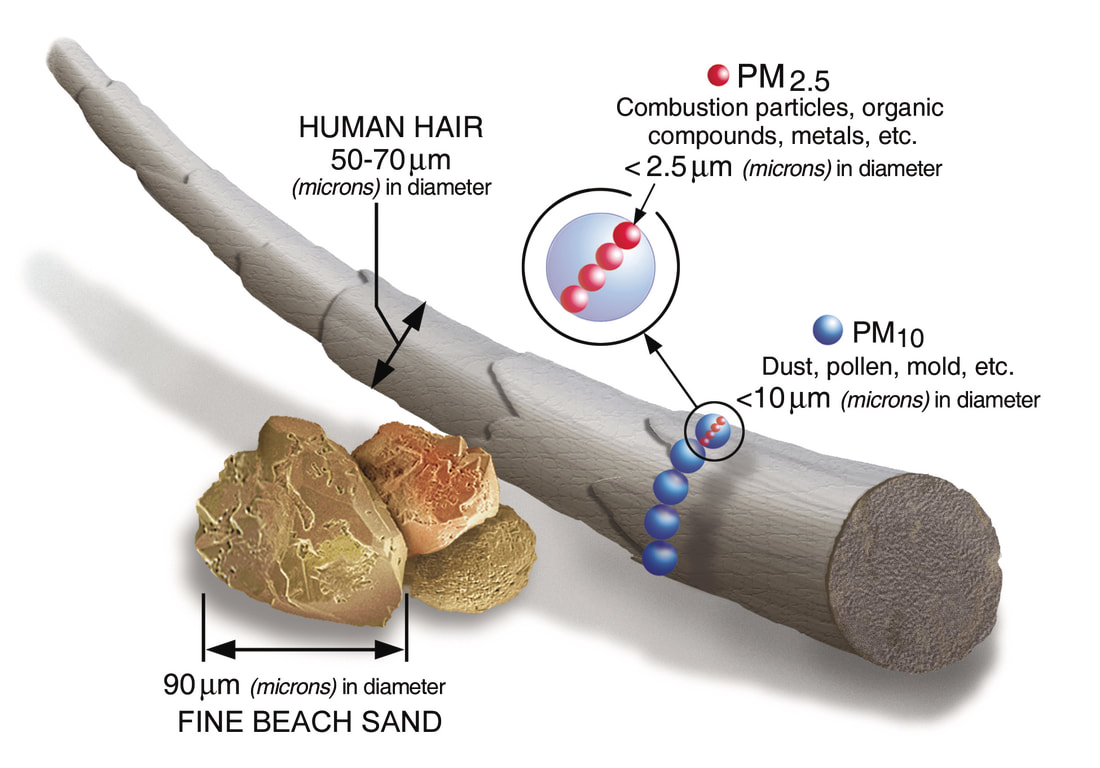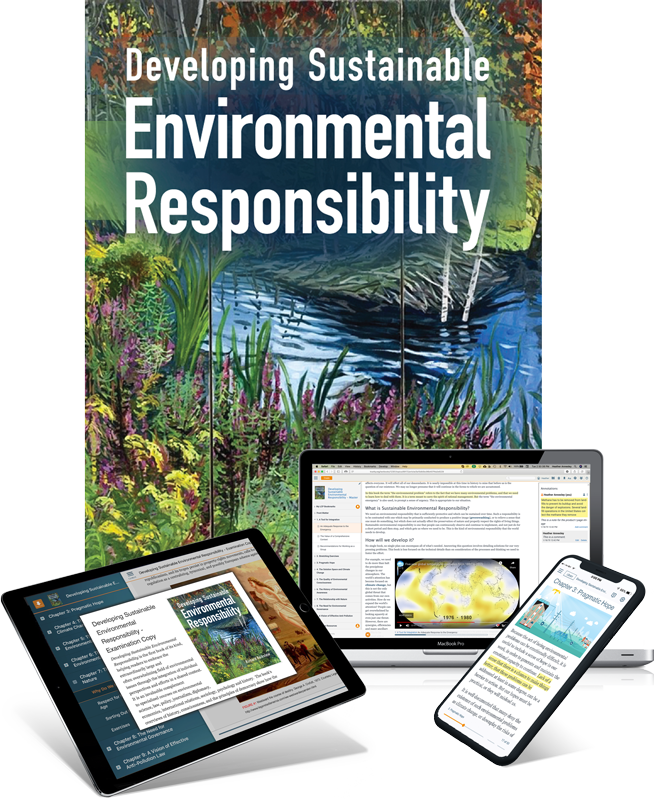In mid-April the EPA refused to tighten standards for “fine soot”,[1] otherwise known as ultrafine air pollution, or PM2.5 (Particulate Matter less than 2.5 microns in diameter), even though its own scientists had found that this would prevent thousands of deaths per year.[2] Also in mid-month came news from Harvard researchers that exposure to air pollution exacerbated the chances of dying from the COVID-19 virus. The report states that the finding that “a small increase in long-term exposure to PM2.5 leads to a large increase in the COVID-19 death rate” is “consistent with previous findings that air pollution exposure increases severe outcomes during infectious disease outbreaks”. (Air pollution “is believed to have contributed to nearly 5 million premature deaths worldwide in 2017 alone”).[3]
Later in the month, researchers in Italy posted a report of finding the novel coronavirus on particles of air pollution. Although at present, “no assumptions can be made concerning the correlation between the presence of the virus on PM and COVID-19 outbreak progression,”[4] the finding is consistent with other evidence concerning viruses. If we are to follow the sensible practice of preferring to be safe than sorry, we should take seriously the probability that particles of air pollution can carry COVID-19 viruses. The ultrafine particles are so dangerous because they penetrate past ordinary obstacles and reach vulnerable interior parts of our bodies. A new risk assessment of particulate matter should be performed, because the focus of the Harvard researchers was long-term, chronic exposure to air pollution. But if air pollution is a vector of this new disease, it is an acute risk to public health.
The public can comment until June 29 on EPA’s proposal to leave particulate air standards unchanged.[5] A public hearing will take place on May 20 and 21.[6]
The April 14th announcement that EPA would not tighten standards for ultrafine particulate matter will, according to the risk assessment by EPA scientists, cost as many as 12,150 lives per year. The New York Times reported that EPA head Andrew R. Wheeler said he placed “little weight” on the quantitative estimates of the mortality risk, and the scientific evidence “was insufficient to merit tightening the current emissions standard.” He also said that the current standard is “protective of public health”.[8] There is something jarring about expressing confidence that a standard is protective while at the same time claiming the assessment of that standard is filled with uncertainties. Actual lives are at stake. This approach only makes sense if Wheeler’s position is not to change the standard unless it can be proven it needs to change. But this violates the legislative requirements of a margin of safety, reflection of science, and the purpose of protecting public health. Kenneth Wagner, the energy secretary of Oklahoma, expressed to the Times the unstated bias that supplanted the Clean Air Act’s mandate: “The certainty of holding these standards steady allows businesses in Oklahoma to plan, comply and hopefully, grow after this incredibly difficult economic period.”[9]
The risk assessment reported that new methods worked better than ever. The models used “have improved the ability to estimate PM2.5 exposures…Excellent performance in cross-validation tests suggests that hybrid methods are reliable…good agreement in health study results between monitor- and model based methods…and general consistency in results…also suggests that the fields are reliable for use in health studies.”[10] Yet EPA Administrator Wheeler apparently wants certainty about the health risks before taking action that would impose costs on industry. There are always uncertainties in the process of estimating risks. Consider the analogy of parents who want to reduce the risks of their kids getting killed in a car accident. Although the statistics tell us that tens of thousands of people die every year as a result of driving, there’s no certainty it will happen to them, so why make sure they wear seat belts, pay attention to red lights, and never drive drunk? Postponing action to reduce risks until you have certainty that will never come is “better sorry than safe”.
[1] https://www.federalregister.gov/documents/2020/04/30/2020-08143/review-of-the-national-ambient-air-quality-standards-for-particulate-matter
[2] https://www.nytimes.com/2020/03/27/climate/trumps-environmental-rollbacks-staff-scientists.html?searchResultPosition=18
[3] “Exposure to air pollution and COVID-19 mortality in the United States: A nationwide cross-sectional study”, Francesca Dominici, Xiao Wu, Rachel C. Nethery, M. Benjamin Sabath, and Danielle Braun https://projects.iq.harvard.edu/files/covid-pm/files/pm_and_covid_mortality_med.pdf
[4] “SARS-Cov-2 RNA Found on Particulate Matter of Bergamo in Northern Italy: First Preliminary Evidence”
https://www.medrxiv.org/content/10.1101/2020.04.15.20065995v2
[5] You may submit comments, identified by Docket ID No. EPA-HQ-OAR-2015-0072, by any of the following means:
- Federal eRulemaking Portal: https://www.regulations.gov (our preferred method). Follow the online instructions for submitting comments.
- Email: [email protected]. Include the Docket ID No. EPA-HQ-OAR-2015-0072 in the subject line of the message.
[6] https://www.epa.gov/pm-pollution/public-hearing-notice-proposal-retain-national-ambient-air-quality-standards
[7] CAA Section 108: https://www.govinfo.gov/content/pkg/USCODE-2013-title42/html/USCODE-2013-title42-chap85-subchapI-partA-sec7408.htm. CAA Section 109: https://www.govinfo.gov/content/pkg/USCODE-2013-title42/html/USCODE-2013-title42-chap85-subchapI-partA-sec7409.htm.
[8] https://www.nytimes.com/2020/04/14/climate/coronavirus-soot-clean-air-regulations.html?searchResultPosition=9
[9] Ibid.
[10] Policy Assessment for the Review of the National Ambient Air Quality Standards for Particulate Matter, External Review Draft, EPA-452/P-19-001 September 2019, p. 2-48, accessible at https://www.nytimes.com/2020/03/27/climate/trumps-environmental-rollbacks-staff-scientists.html?searchResultPosition=18,

 RSS Feed
RSS Feed

